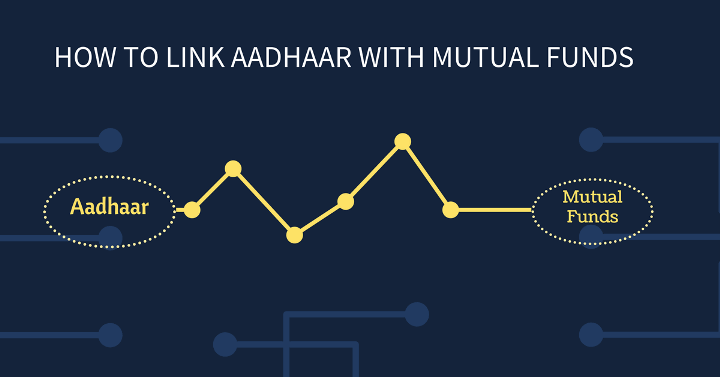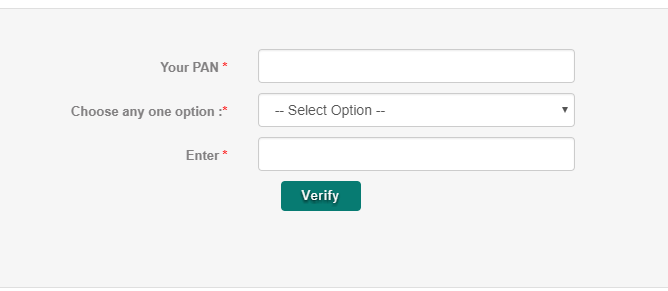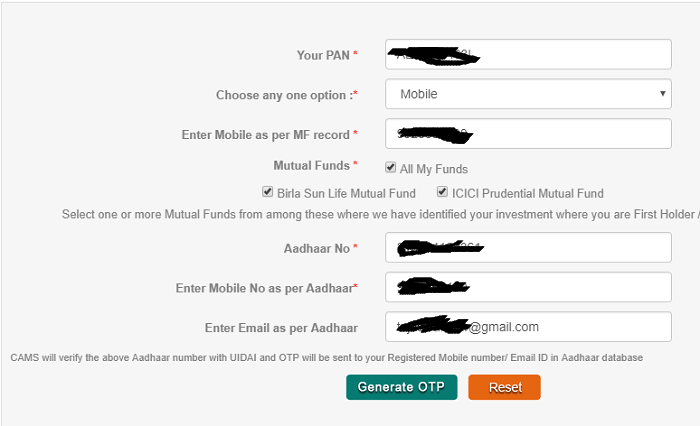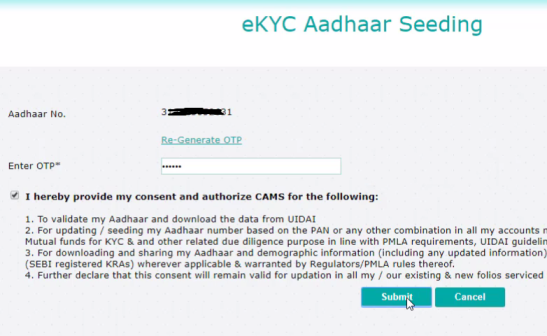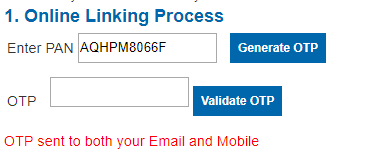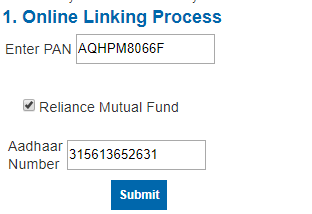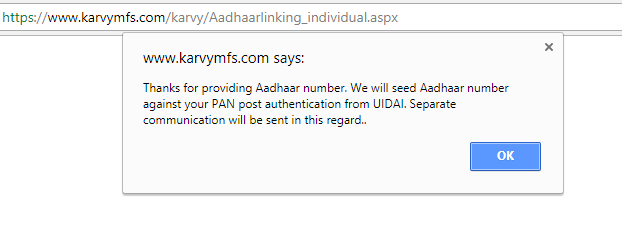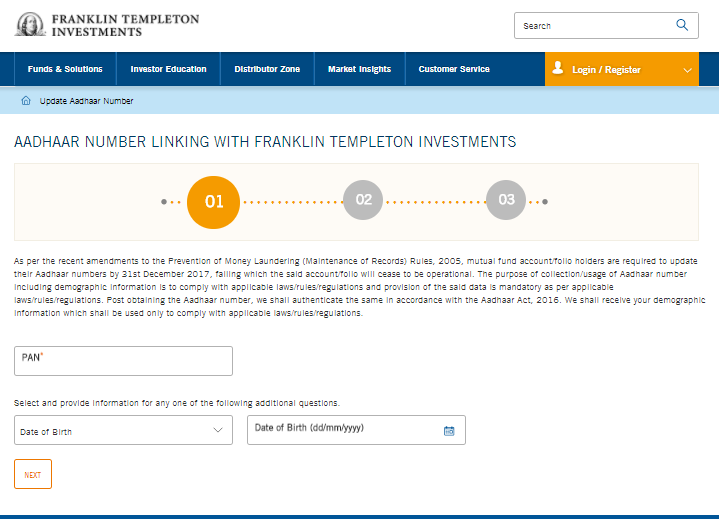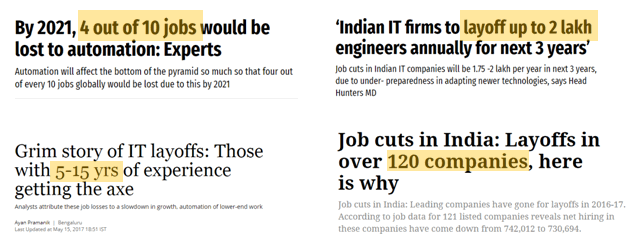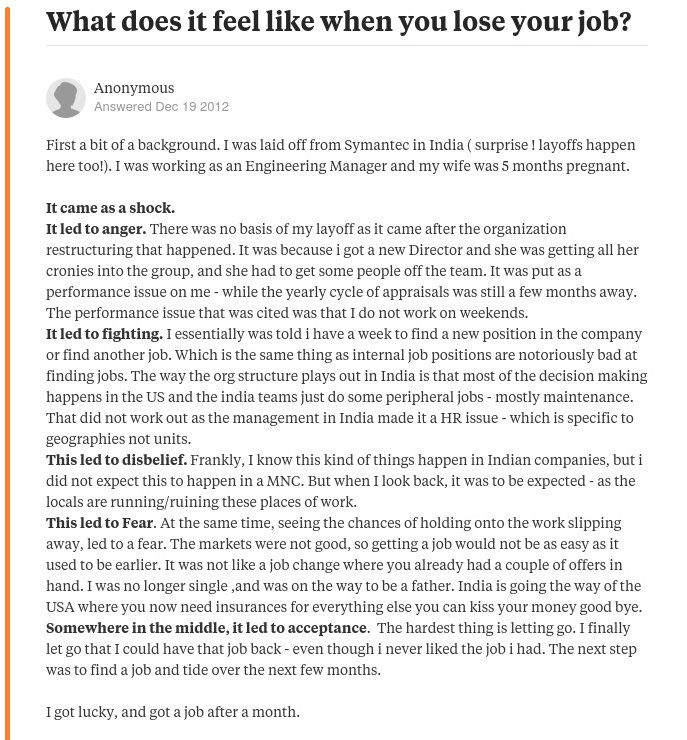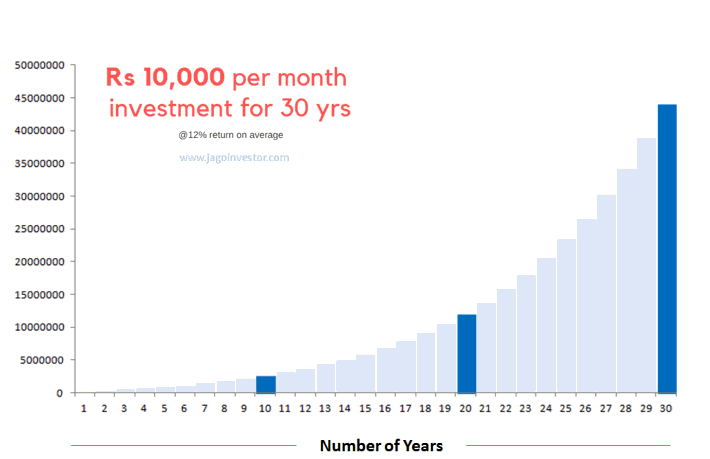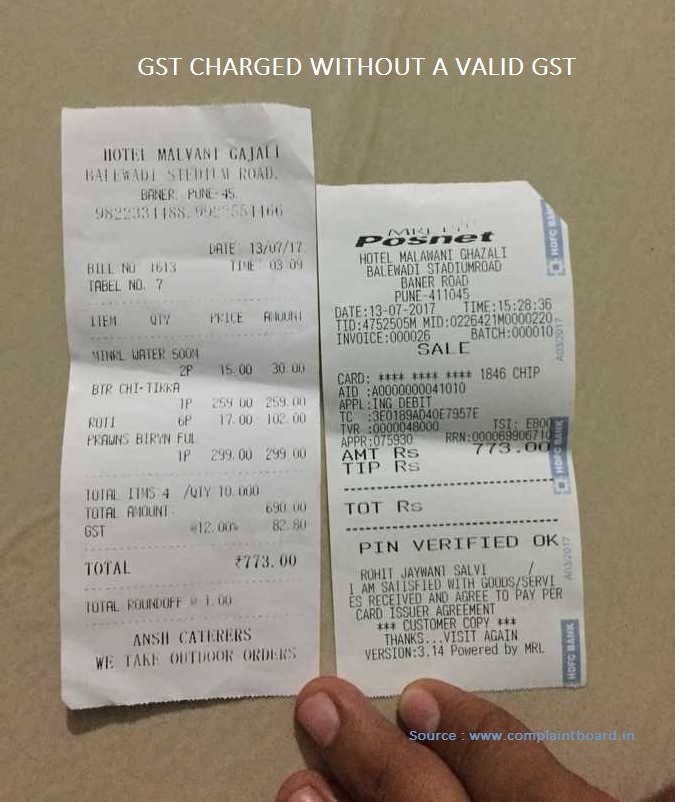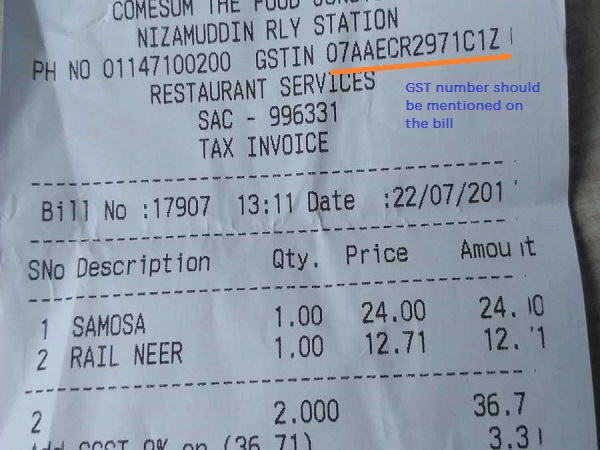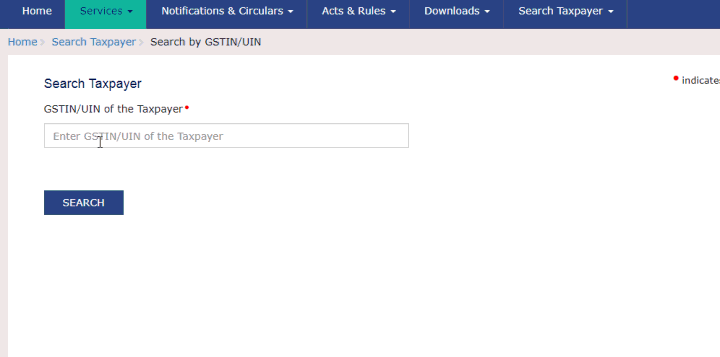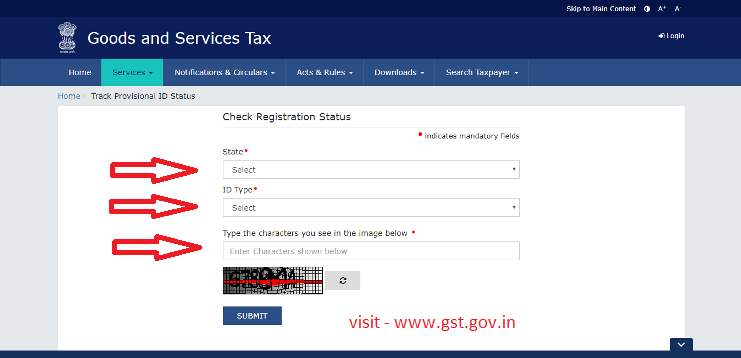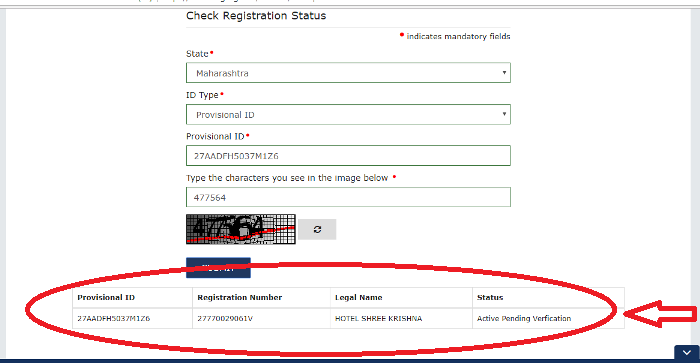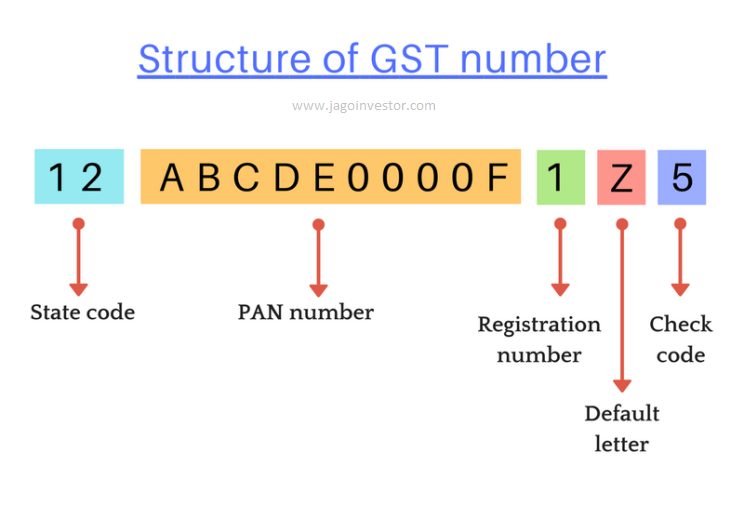Have you heard about RUPAY cards? Today we will talk to them in detail and how they are different from Visa or MasterCard and if you should choose them or not. But before that, let’s understand the background first.
What is Visa or MasterCard?
You must be already having a debit card or credit card which must be having either VISA or MASTERCARD written on it. Visa and MasterCard are credit card networks with their own systems, rules, and processes for payments, benefits, etc.
However, Visa and MasterCard are both American companies globally accepted and widely used card networks across the world. There are some other card networks also like American Express, Amex, Citi etc, but you got the point. These are global card companies.
Now, these companies do not directly issue a debit or credit card, but various banks across the world offer their cards with payment network operators which can be VISA, MASTERCARD or others.
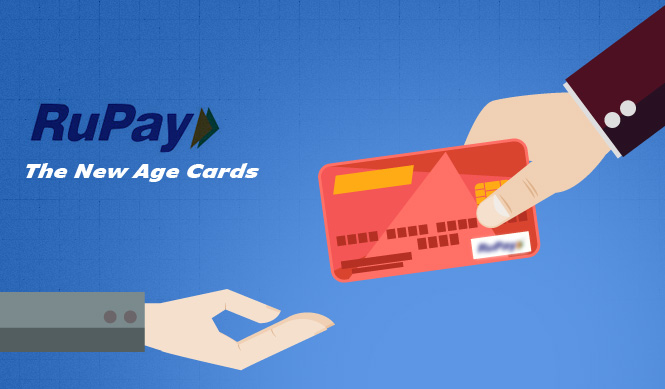
What is Rupay?
Rupay is just another payment network solution like VISA or MASTERCARD, but it’s our own desi version. It’s an Indian company and purely an indigenous product creates by us. Here is what Rupay website says
RuPay is India’s indigenous card scheme created by the National Payments Corporation of India. It was conceived to fulfill RBI’s vision to offer a domestic, open-loop, multilateral system which will allow all Indian banks and financial institutions in India to participate in electronic payments. It is made in India, for every Indian to take them towards a “less cash” society.
RuPay is the first-of-its-kind domestic Debit and Credit Card payment network of India, with wide acceptance at ATMs, POS devices and e-commerce websites across India. It is a highly secure network that protects against anti-phishing. The name, derived from the words ‘Rupee and ‘Payment’, emphasizes that it is India’s very own initiative for Debit and Credit Card payments. It is our answer to international payment networks, expressing pride over our nationality.
RuPay fulfils RBI’s vision of initiating a ‘less cash’ economy. This could be achieved only by encouraging every Indian bank and financial institution to become tech-savvy and engage in offering electronic payments.
Issuing Banks
Presently, RuPay has collaborated with almost 600 international, regional and local banks across the country. Its ten core promoter banks are State Bank of India, Punjab National Bank, Canara Bank, Bank of Baroda, Union Bank of India, Bank of India, ICICI Bank, HDFC Bank, Citibank N. A. and HSBC. It expanded its shareholding in 2016 to 56 banks to bring more banks across sectors under its umbrella.
Rupay cards usage is increasing
Online transactions are increasing day by day in India as we are moving towards a cashless economy and the usage of Rupay cards is also increasing. Here is some data on Rupay online transactions.
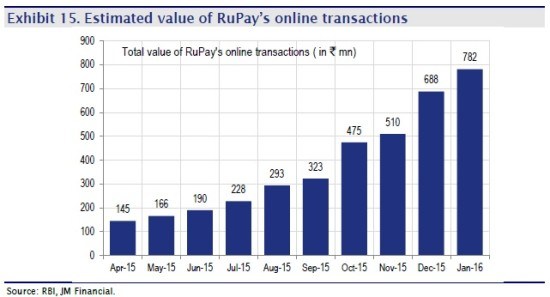
Why Rupay was launched?
As we are moving towards becoming one of the major economies of the world, it was very important that we own our own payment solutions like Visa and MasterCard and hence govt started working on Rupay!.
Two more benefits of the Rupay card network are that.
- The transaction history will not go out of the country if the transaction is within India.
- The charges that banks have to pay quarterly or monthly to the related companies to enter into the network is very low or NIL.
The image below shows you how a Rs 2,000 transaction charges will be lower in Rupay cards compared to a visa or MasterCard.
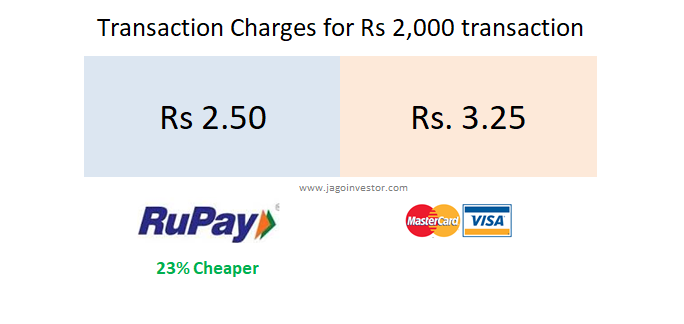
How does any card processing happens?
When you swipe your debit card or make an online payment, your request first goes to the debit card networking and then from there it goes to your bank. After that bank confirms your account balance and then completes the further procedure or transferring payment money to the merchant’s account.
See the image given below to know the procedure of your card.
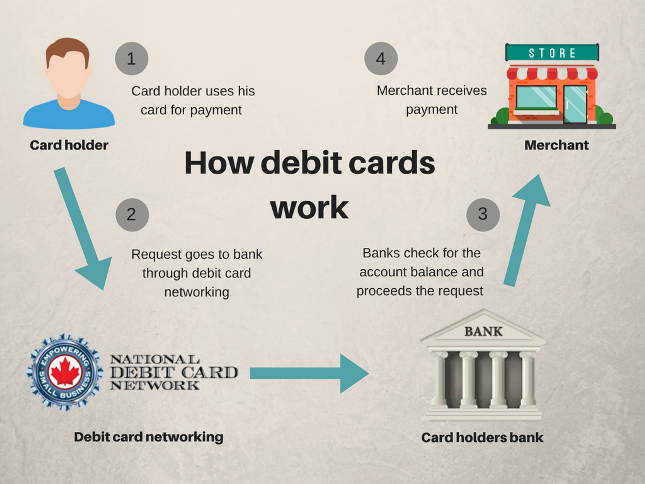
Difference between Rupay card and Visa/Master card
Now let’s talk about some differences between Rupay and visa/MasterCard companies. This will give you a fair idea of how they are different from each other on various points.
[su_table]
Rupay |
Visa/MasterCard |
| Rupay is 100% Indian system | Visa/MasterCard are international systems |
| Lower transaction charges compared to Visa/MasterCard | It has higher transaction charges than Rupay Debit Card. |
| Banks don’t have to pay any fees to enter into the network | Banks have to pay fees to join the network |
| Transaction history remains within the country. | Transaction data is shared outside the country as it is an international card |
| All processing is done within the country so it has a high speed of transactions | Here the processing happens at an international level so sometimes it has low transaction speed or errors in server |
| Some banks shows Rupay credit card on their website but it is not launched officially yet by NPCI. | Visa/Master credit cards are available and have a strong network |
| The usage is very low and not widely accepted as of now | Widely Accepted and Used |
| Can’t be used outside India as of now | No restrictions like this |
[/su_table]
Transactions limits of Rupay debit card
Rupay cards like any other cards also have transaction limits and ATM withdrawal limits. Here is a quick list if you want to refer them.
[su_table]
Bank Name |
Limits (ATM transactions) |
| Central bank of India | Rs 40,000 and Rs 1,00,000 |
| Bank of India | Rs 25,000 each |
| Bank of Baroda | Rs 25,000 and Rs 50,000 |
| Vijaya bank | Rs.30,000 and Rs.25,000 |
| Punjab national bank | Ra.25,000 and Rs.60,000 |
| Oriental bank of commerce | Rs.25,000 each |
| Dena bank | Rs.20,000 and RS.25,000 |
| UCO bank | Rs.25,000 each |
[/su_table]
How to Apply for Rupay card?
If you want to apply for a Rupay debit card, then you must first check with your bank if they have them or not? All the bank accounts under Jan Dhan Yojana already provide you the Rupay card, you don’t need to mention separately in your debit card application if you open an account under this scheme.
Let us know if you need any more information about the Rupay card and we will be happy to answer them in the comments section.
